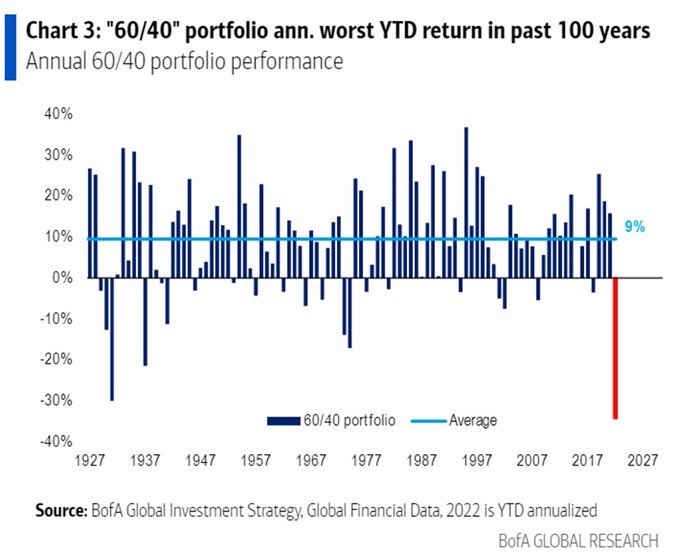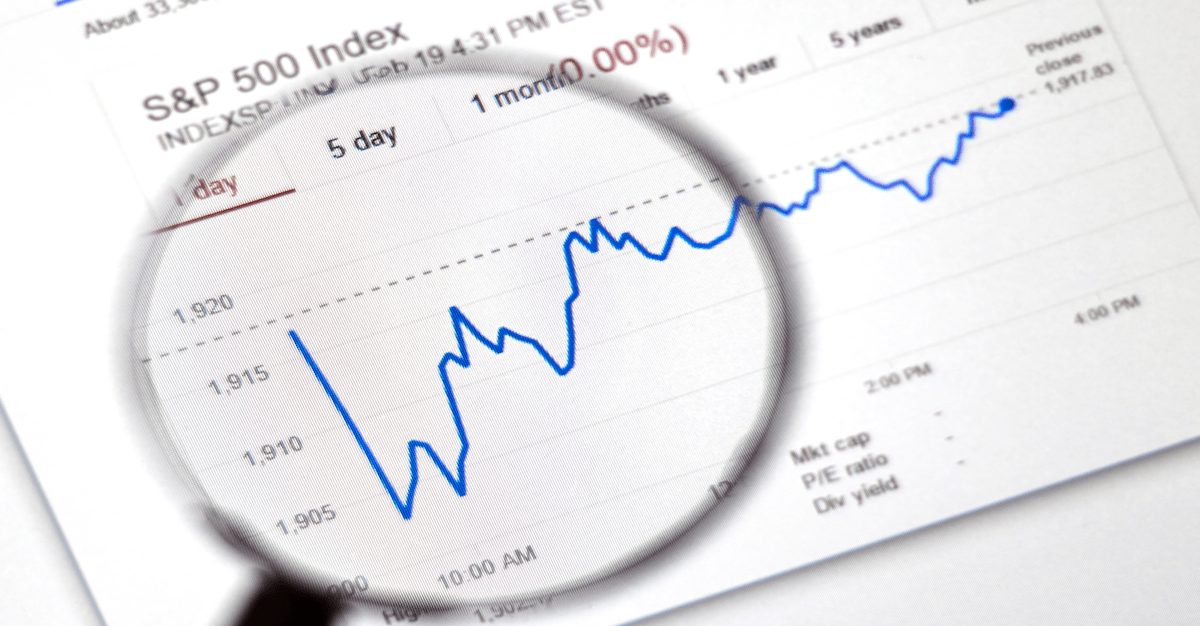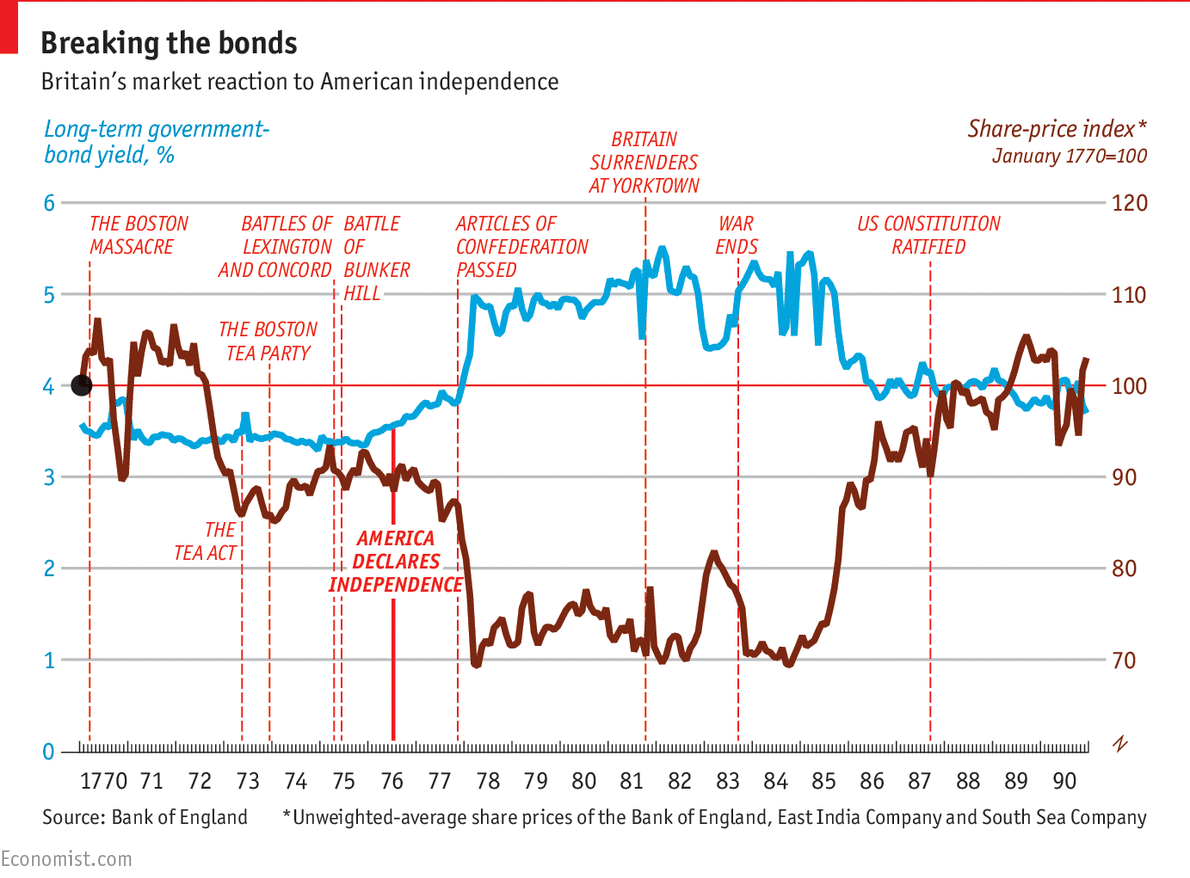If you own stocks or bonds or any investment through a broker, you don’t really own those investments. They are pooled and if the broker goes under, you’re shit out of luck. Not only don’t you own the investments you bought with your own money, but your broker has pledged those assets many times over. The Casey Report has a jaw dropping interview with hedge fund manager David Webb, who reveals the truth about our financial system. The conclusion is that your owners don’t give a fuck about you. They have your money and they want more. And they will get it. Here are a few choice quotes from the interview:
“It took me some years to uncover the basis for how this has changed. It all arises from a revision of the Uniform Commercial Code, Article 8, in 1994. This article governs securities “ownership.” When they did this revision in 1994, they created a completely new legal concept called a “security entitlement,” which means that a security is now a contractual claim rather than property. That’s the key, and it’s hugely important because a contractual claim in a bankruptcy proceeding has very little standing. So even though there are records that a particular security is your property, it’s really not. If your broker goes bankrupt, those securities, by law, become part of the bankruptcy estate. As a client, you cannot revindicate those securities in a bankruptcy. Of course, secured creditors have a higher priority to the assets of the bankruptcy estate than you do. So you’re left with an inferior claim to what you thought was your own property.”
“But it gets worse. All of the securities are pooled – there is no specific identification of who owns what. By law, in a bankruptcy, the losses must be shared pro rata across the client pool. So even if a client somehow manages to get a legal assurance that their securities are not being hypothecated, they are still in a pool where other clients have margin accounts and their securities are being hypothecated. Hypothecation is when a firm pledges a clients’ assets as collateral to another party. The securities firm is allowed to use the client assets as collateral for its own proprietary trading. In my book, that’s fraud. But it is perfectly legal. So the securities firm borrows the security on the assumption that it will return like securities to the pool. But, of course, when an insolvency occurs, the music stops and those securities are not returned. The firm that received those securities as collateral is a secured creditor, and if there is a bankruptcy, they take those assets – the assets you thought you owned – and immediately sell them. They are gone. And you’re left as an unsecured creditor, which means you get what’s left over at the end, if anything. Further, in 2005, the Bush administration rewrote the bankruptcy law. There used to be a concept of “fraudulent conveyance,” which meant that if a firm transferred assets to a secured creditor within six months before its bankruptcy filing, the receiver was required by law to give those assets back. It’s called a clawback. But this revision of the bankruptcy law changed that. The law now specifically says that the receiver is not to claw back the assets. So what was considered a fraudulent conveyance prior to 2005 is now legal. This is very similar to what happened with MF Global and their transfer of client assets to JPMorgan. But it was not considered fraud. Everything was done according to the law.”
“One set of assets can be used as collateral multiple times, which is called rehypothecation. So a securities firm gives client assets to a secured creditor as collateral for proprietary trading. The secured creditor can then turn around and use those same assets as collateral for their own proprietary trading. So those assets are passed on to another firm as collateral, and so on. This is the chain of hypothecation and rehypothecation; the same assets are used as collateral over and over again. I can’t stress this next part enough – it’s very, very important. There are about $700 trillion of derivatives worldwide in a $70 trillion economy. It’s pretty easy to see that there cannot possibly be enough collateral backing. The entire financial asset base of the public is being used as collateral. This is a huge risk that everyone bears, whether they know it or not. If we have a major failure anywhere in that collateral chain, the collateral is pulled out and cannot be returned to the pool.”
When the collapse ensues, they will take your money. Laws won’t matter. Justice won’t matter. Fairness won’t matter. You won’t matter. They want it all.













